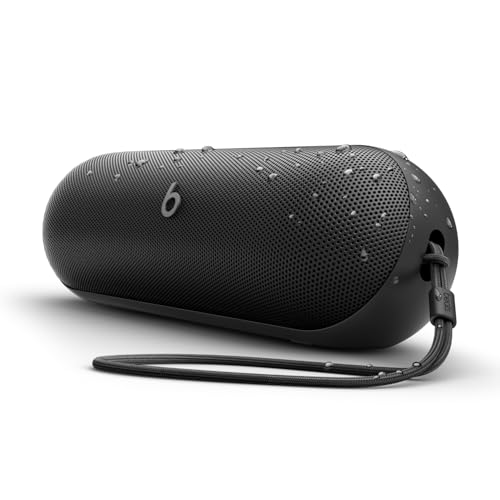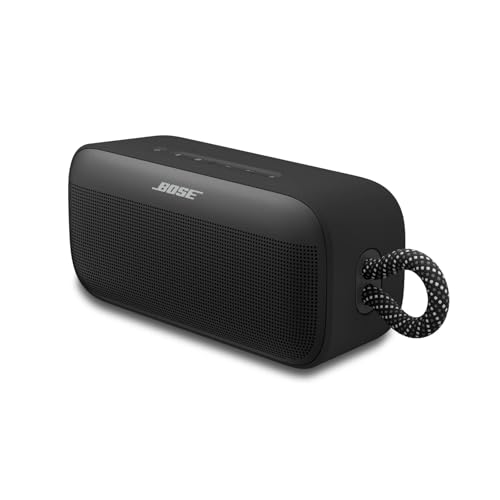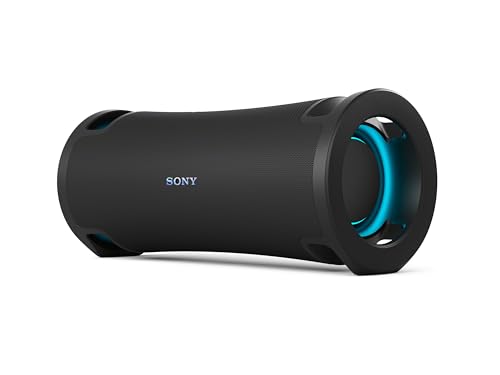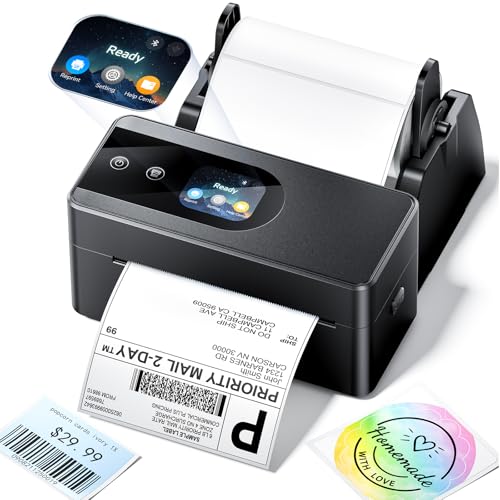The 1970s were wild. Between disco, bell-bottoms, and enough polyester to wrap the moon, America was drunk on possibility. Tech companies, car makers, and inventors were throwing everything at the wall to see what stuck. Spoiler alert: most of it didn’t.
You’d think failure would slow these innovators down. Wrong. The decade’s ambitious spirit cranked out some of the most spectacularly doomed products in history. From bikes that needed a physics degree to operate to sauna pants that promised miracles, these flops teach us something crucial: good ideas don’t guarantee good products.
10. Firestone 500 Tire

Promised a smooth ride and long-lasting tread. The early 1970s marketing made these radial tires sound revolutionary. Initial sales looked promising as American drivers embraced the new technology.
Then the catastrophic failures started. High-speed blowouts sent cars spinning off highways. Reports flooded in about sudden tread separation and injuries. Firestone recalled over 14 million tires, permanently damaging their reputation. Tesla’s autopilot controversies follow the same pattern—rush to market, fix problems later.
9. Vanguard Records’ Four-Channel Sound

Forget stereo. Vanguard wanted total immersion with four-channel sound wrapping around your living room. The technology promised music from every direction like you’re inside the recording studio.
The execution required specialized decoders and fancy receivers. Early systems mixed channels randomly or lost them entirely. Today’s soundbar manufacturers push similar “surround sound” marketing while delivering mediocre results. More speakers doesn’t guarantee better sound.
8. Bell Picture Phone

Video calls in 1970 sounded like science fiction. Bell Telephone’s Picture Phone featured a camera and screen for face-to-face conversations. The technology worked, which was half the battle.
The $160 monthly fee (over $1,200 today) killed adoption faster than a dropped call. It might as well have been invisible. Grainy images and bulky hardware felt more like novelty than necessity. Google Glass faced identical issues—impressive tech, terrible pricing, no compelling use case.
7. Trim Jeans (Inflatable Sauna Pants)

Lost six to nine inches in three days, and feel oh so much lighter! At least, that’s what the ads promised. These “revolutionary sauna pants” inflated around your waist like a life preserver. The marketing claimed magic torso moves would melt fat away.
Reality check: water weight isn’t fat. Any inches lost returned faster than a boomerang. Modern fitness influencers peddle the same empty promises with waist trainers and detox teas. Sometimes the only thing that shrinks is your wallet.
6. John West’s Skyship (Flying Saucer)

A 30-foot metal frisbee that could lift off and fly. This British attempt at creating a real flying saucer actually got airborne near Bedford. The engineering was legitimately impressive for 1970s standards.
But pitch instability plagued every test flight. Weather conditions wreaked havoc on controls. No full-sized people-carrying versions ever succeeded. Modern drone startups promising flying cars face identical physics problems—gravity doesn’t negotiate.
5. Sony Betamax
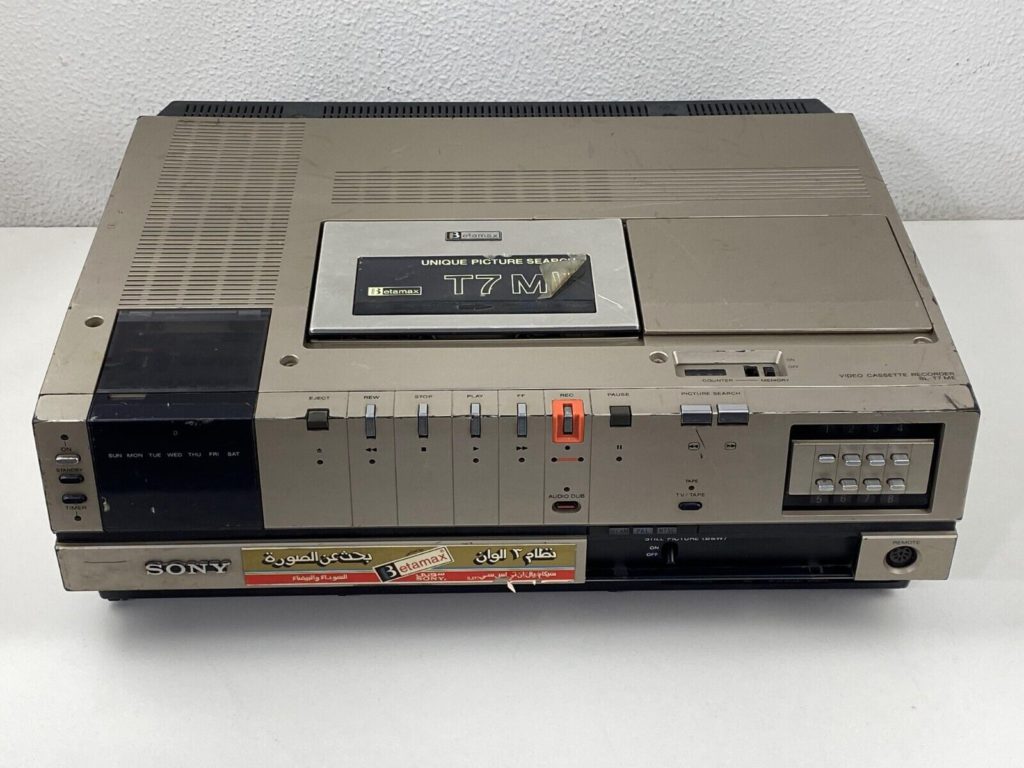
Superior video quality, solid build, better engineering than VHS. Sony had the technically superior format by every measurable standard. Professional studios preferred Betamax for good reason.
But Sony hoarded the technology like a jealous dragon. While JVC licensed VHS to everyone, Sony kept Betamax locked down. By 1988, their market share plummeted from 100% to 10%. Apple’s early closed ecosystem strategy could have ended similarly.
4. Swing Bike

Ever seen a kid try to ride a unicycle? The Swing Bike made that look easy. This 1974 patent promised a “revolutionary” riding experience with two separate steering points. You controlled both front AND rear wheels independently.
The reality? Most riders looked like they were wrestling an angry mechanical bull. Today’s over-engineered smart gadgets follow the same playbook—adding complexity nobody asked for. By 1978, manufacturers gave up trying to teach Americans advanced physics.
3. Laser Disc

Picture quality that made VHS look like finger painting. The Laser Disc arrived in 1978 with 12-inch silver platters promising perfect audio and crisp visuals. Tech enthusiasts drooled over the specifications.
But these things cost more than a used car. Plus, you couldn’t record anything. Every movie required flipping the disc halfway through. Today’s physical media collectors understand this pain—premium quality at premium prices.
2. Toastem’s Donka Toaster Snacks

Pop-Tarts with “continental flair” sounded promising. These sweet pastries promised European sophistication for busy American mornings. The concept targeted families wanting quick breakfast solutions with European appeal.
The execution couldn’t match Pop-Tarts’ refined formula. Quality control issues frustrated consumers who expected reliable toaster pastries. Think of every generic brand that tries to clone successful products—same energy, worse results.
1. Polar Vision

Polaroid thought they could beat videotape with instant home movies. Their 1977 Polar Vision used tiny filters woven directly into film. You got immediate playback, but that’s where the magic ended.
Each cartridge captured only one shot. No rewinding, no saving, no watching your kid’s first steps twice. Sound familiar? Today’s subscription services lock content behind paywalls the same way. While Betamax offered reusable tapes, Polar Vision charged premium prices.


















